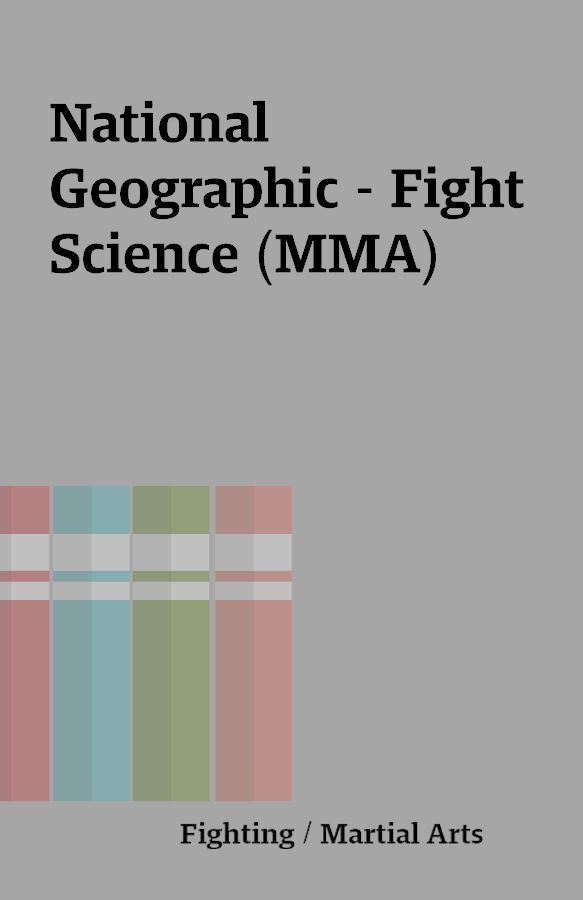National Geographic – Fight Science (MMA)
National Geographic – Fight Science.avi
[1 TV – AVI]
Description
Dr. Cindy Bir wasn’t a fan of mixed martial arts before she started working on the new installment of “Fight Science.”But after getting to know MMA luminaries Randy Couture, Bas Rutten, Tito Ortiz and Dean Lister, the associate professor of biomechanical engineering at Wayne State University started to appreciate their understanding of the human machine and how they came to it. “They learned the hard way,” she said.Bir is one of three researchers at work in the Fight Science studio. Developed to measure the destructive power of so-called traditional martial artists for the first episode of the show, the studio is part laboratory, part gym, and part television studio. Two years after the first special aired, “Fight Science” returns at 8 p.m. ET, Jan. 27 on the National Geographic channel to subject MMA to the same scrutiny.What the researchers learned surprised them.”Fight Science: Mixed Martial Arts” sets out to measuring the power and accuracy of MMA fighters’ punches and kicks, exploring the mechanics of grappling, and examining the fighters’ physiological makeup.Although rarely afforded the same respect as traditional martial artists, the MMA fighters exerted force that routinely exceeded the researchers expectations and surpassed the benchmarks set by masters of Tae Kwon Do, Karate, Muay Thai and boxing in the first show. After Rutten unleashed a ferocious kick, the crew was incredulous and asked him to try again. Amused and annoyed, Rutten blasted the dummy even harder.”It doesn’t surprise me,” said longtime friend and sparring partner Couture, “he kicks like a mule.”The test results are impressive, but in a fight there are countless factors mitigating the power of a strike; poor footing or a quick defensive slip can turn a knockout punch into a glancing blow. “A static target is not the ideal way of measuring” force exerted during a fight, said Bir. But it’s the best tool researchers have at their disposal until the Wayne State lab finishes developing equipment and techniques for analyzing real-time fight action.The hour-long show features a succinct overview of the sport but offers interesting tidbits for knowledgeable fans throughout. The researchers use high-speed cameras to allow viewers to watch techniques unfold in slow-motion detail. Three-dimensional digital avatars are produced through motion-capture technology to demonstrate the internal effects of various impacts and joint manipulations. Informative and entertaining, these graphics add depth to the production.Quality programs such as “Fight Science” speak to MMA’s increasing popularity and credibility with the general public. It’s an enjoyable hour of television for “TUF noobs” and veteran fans alike — one that serious fans will likely acquire on DVD and file alongside UFC and PRIDE discs.
You must be logged in to post a review.






Reviews
There are no reviews yet.